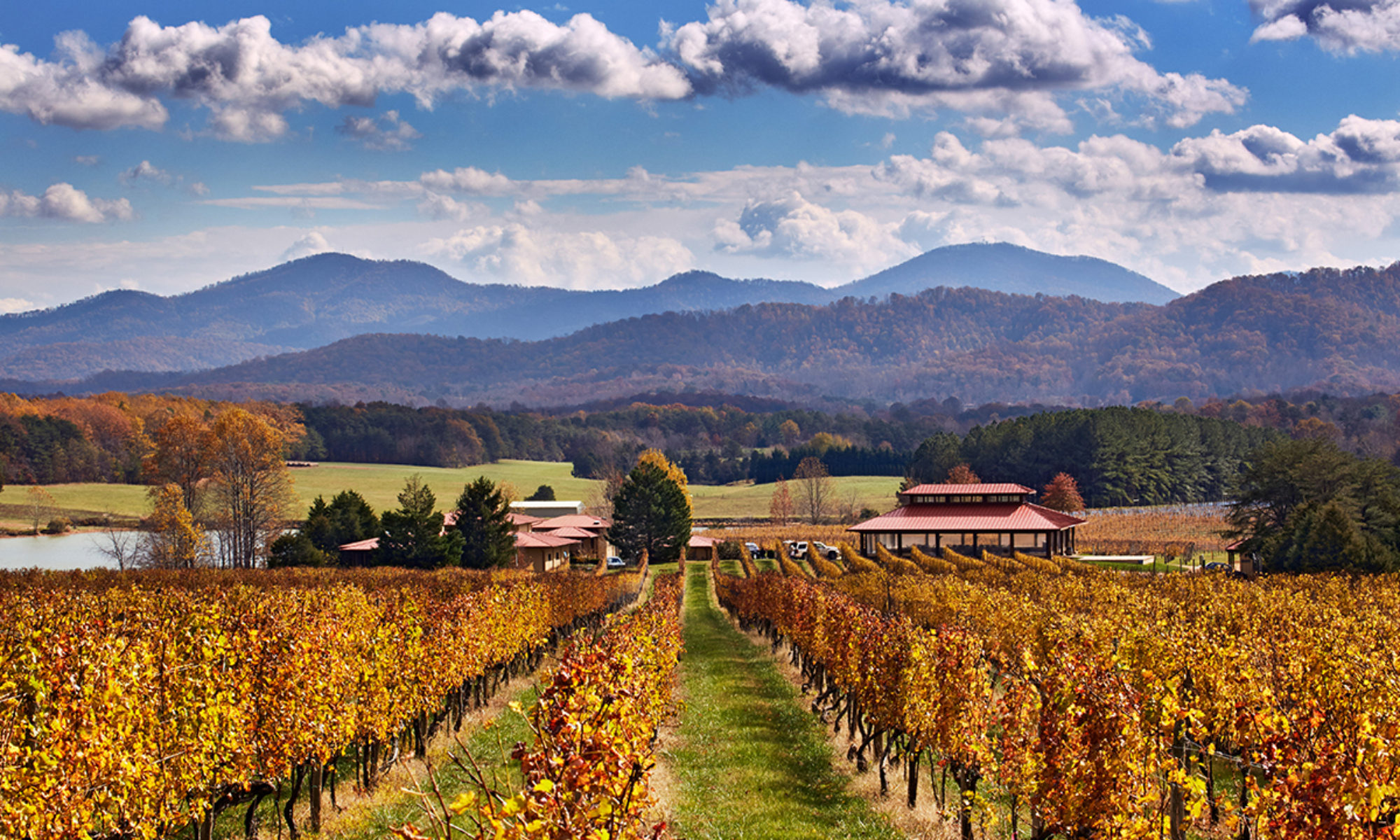Bluemont Vineyard
- In western Loudoun County. Established in 2007 as an extension of sister property, Great Country Farms (a fruit supplier to many Loudoun County wineries). Owned by the Zurchmeide Family from Indiana, long time farmers. “We have always claimed to be simple Dirt Farmers and are blessed to steward this little corner of Earth for a time.”
- Wine. Among the Top 50 wineries of Northern Virginia. Bluemont’s Signature Series 2021 Petit Manseng was a big hit at the 2022 San Francisco International Wine Festival, being awarded a double gold medal. Interestingly Virginia wine tasting judges were less enthused, awarding the same Petit Manseng a bronze at the 2023 Virginia’s Governor’s Cup competition. Bluemont’s 2021 Albariño was awarded a silver medal at both events, and was voted the “Chairman’s Best” award, for best wine in Loudoun County, at the 2022 Best of Loudoun awards. At the 2022 Virginia’s Governor’s Cup, Bluemont’s 2019 Ascent and Summit, red wine blends, and their 2020 Viognier also received silver medals.
- Setting. Two stars. Spectacular views, among the best if not the best in Northern Virginia. Bluemont was the only Northern Virginia winery to make the list of “Ten Most Beautiful Wineries in Virginia.” Established in 2007 as an extension of sister property, Great Country Farms (a fruit supplier to many Loudoun County wineries), which is visible from the winery balcony.

- Stories. Two stars. Early Virginia Infrastructure. (1) Tiny Bluemont was long known throughout Northern Virginia as the terminus of the region’s main railway in the late 1800s, first called the Alexandria, Loudoun and Hampshire (after Hampshire County, now in West Virginia, which was a large source of coal for the District of Columbia), and subsequently the Washington and Old Dominion or W&OD. The railroad was originally meant to open up the trade of goods from the Ohio River Valley and the upper Midwest to the Washington area, but ran out of capital and was never extended beyond Bluemont, at Snicker’s Gap which crosses the Catoctin Mountains. With the conversion of the old railway to today’s W&OD bike trail in the 1960s, thousands use the trail daily. Bluemont Junction in Arlington, where a branch of the main line went off towards downtown Washington, still has a commemorative display of the railway in an old train car. (2) Native American trails and America’s First Toll Road. Bluemont also sits at the end of county road 734, running to here from Aldie, and called the Snickersville Turnpike. Originally an Iroquois hunting trail, it became by 1786 the first toll road in America. It drew praise from Thomas Jefferson. In 1810 the Virginia Assembly chartered the Snickers Gap Turnpike Company, authorizing three toll gates between Aldie and Snickers Gap: horse 3 cents; 20 cattle 12 ½ cents; four-wheel carriage 12 ½ cents. A toll booth operated on the Blue Ridge Mountain until 1915. The Turnpike today is a Virginia Byway overlooking the same landscape George Washington traveled between 1748 and 1788, often stopping at West’s Ordinary near Aldie and Edward Snickers’ Inn and ferry on the Shenandoah River. (3) In addition, some 43 buildings, including stone houses and log structures, make up the Bluemont Historical District. The earliest surviving structure, Clayton Hall, dates to 1797. The village became briefly a resort destination, promoted by the owners of the W&OD railroad when it became clear they could no longer extend their rail line; the railroad also persuaded residents to change the name of the village from the original Snickersville (from the landowner who first purchased the tract of land here) to the presumably more vacation-appealing name of Bluemont.
